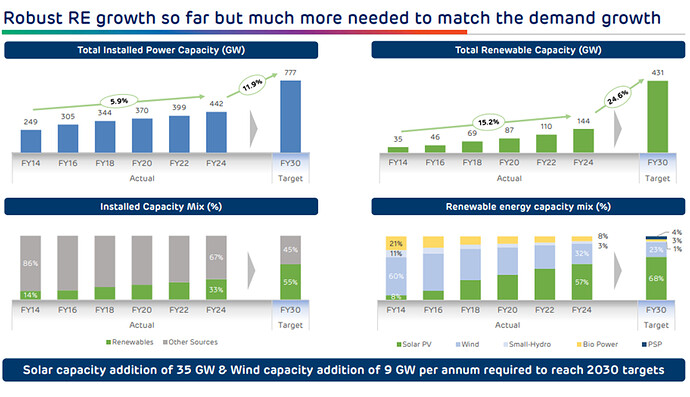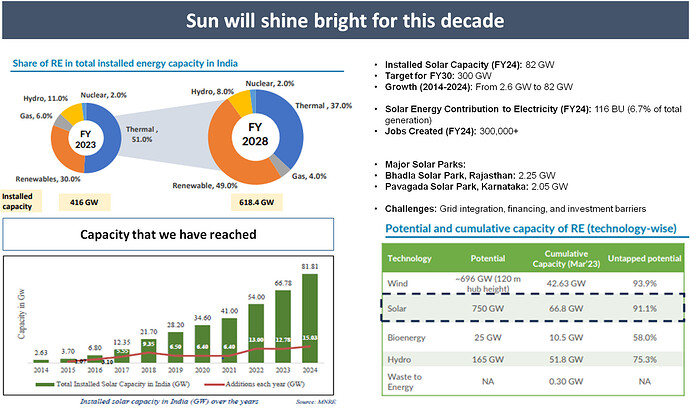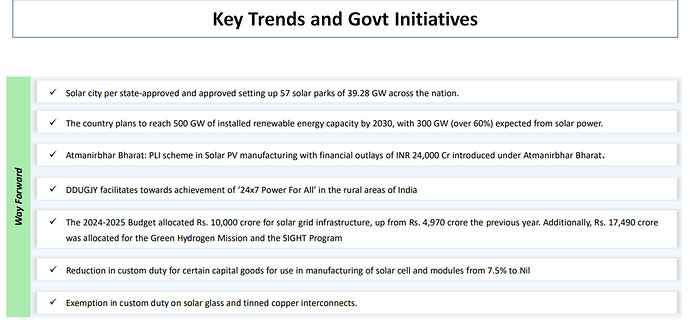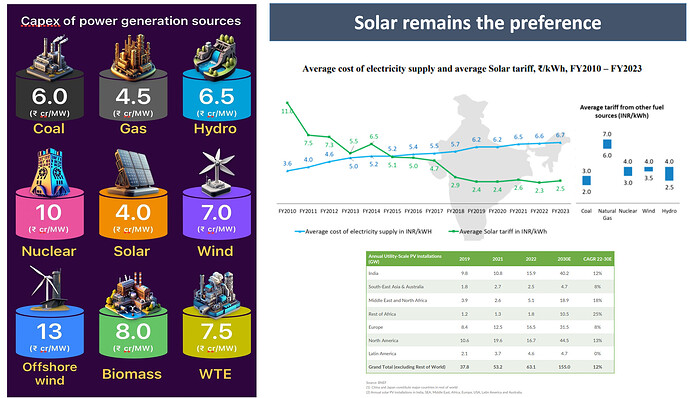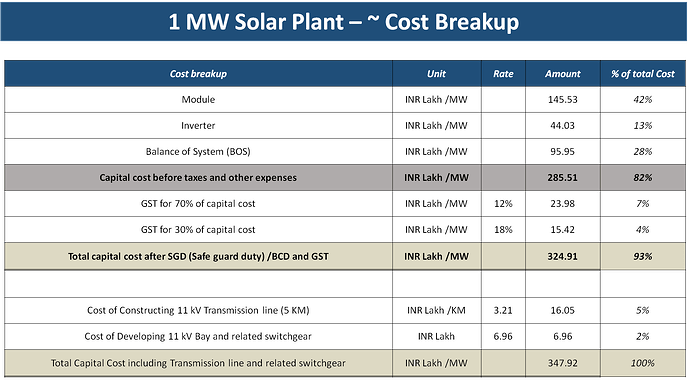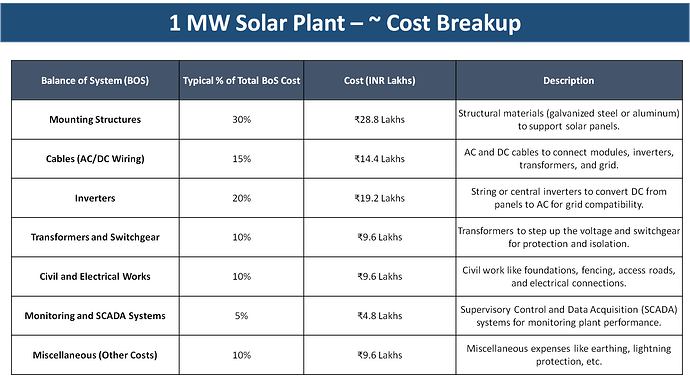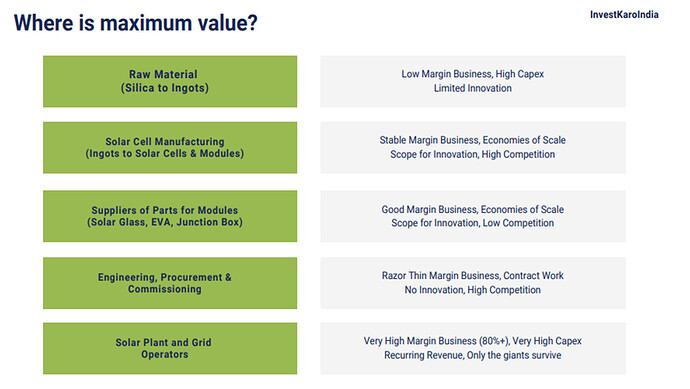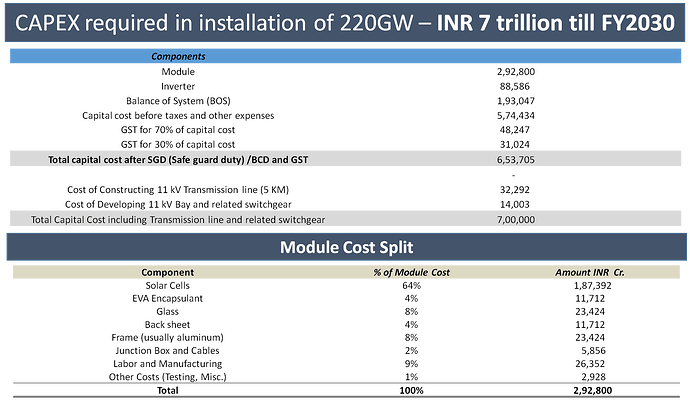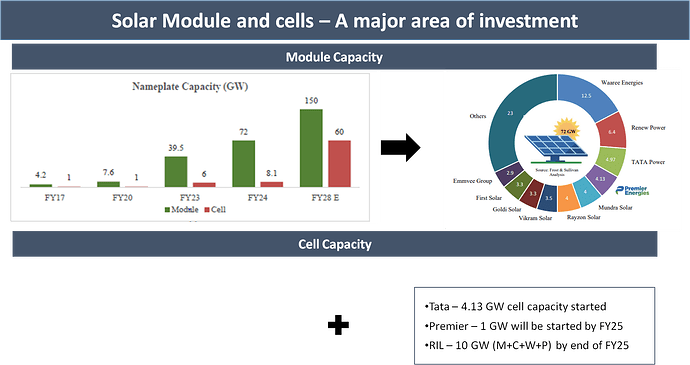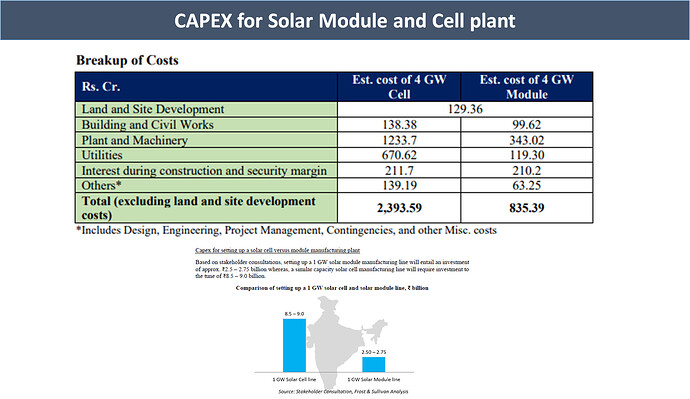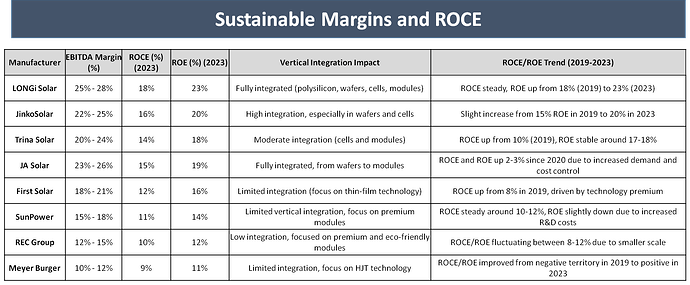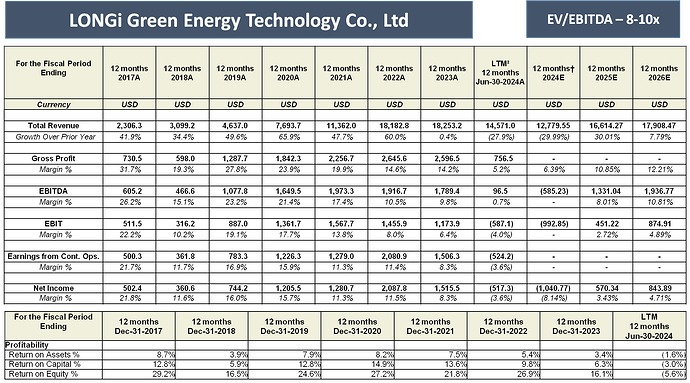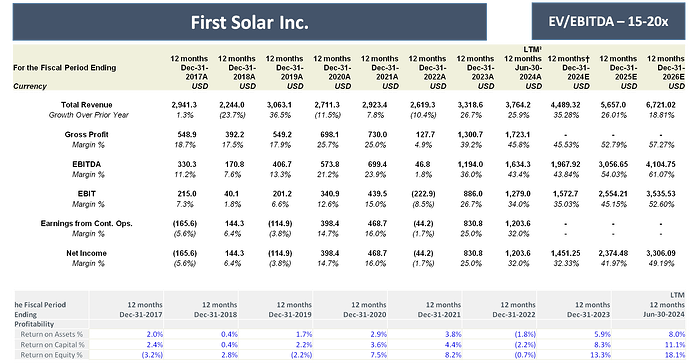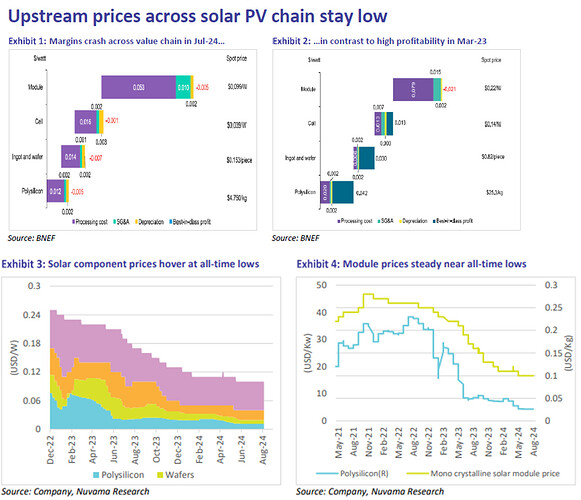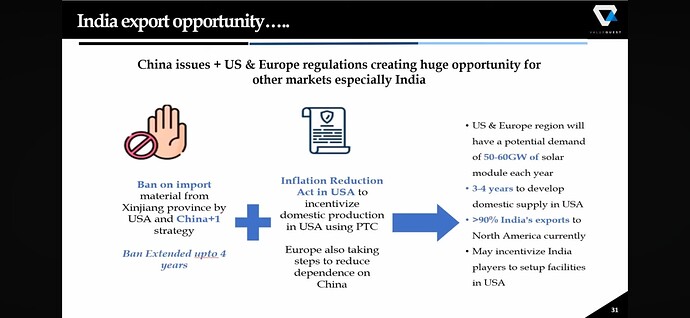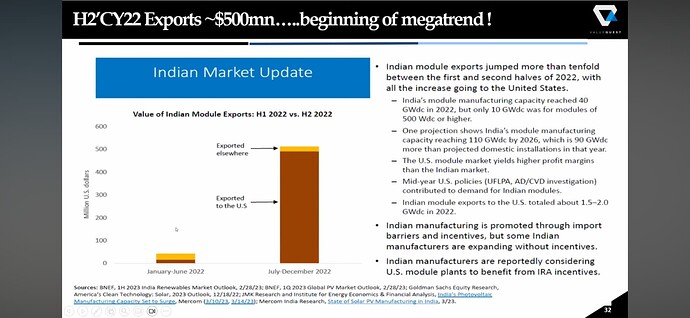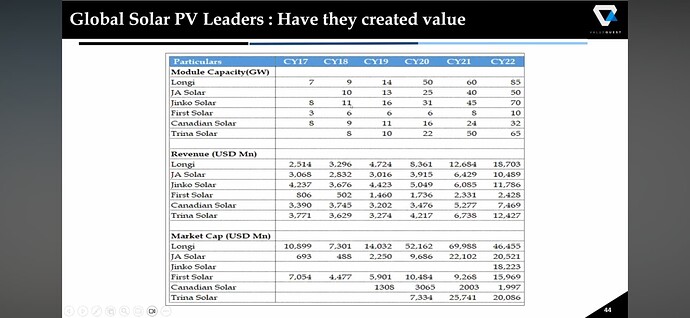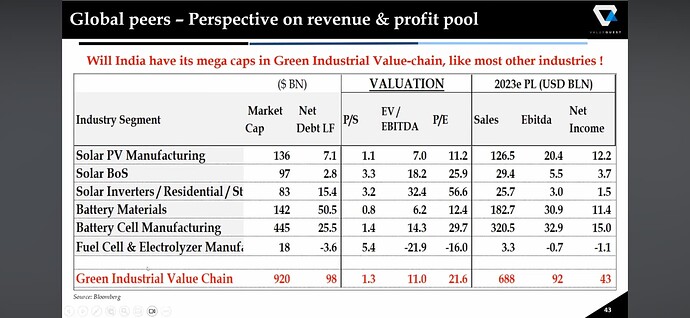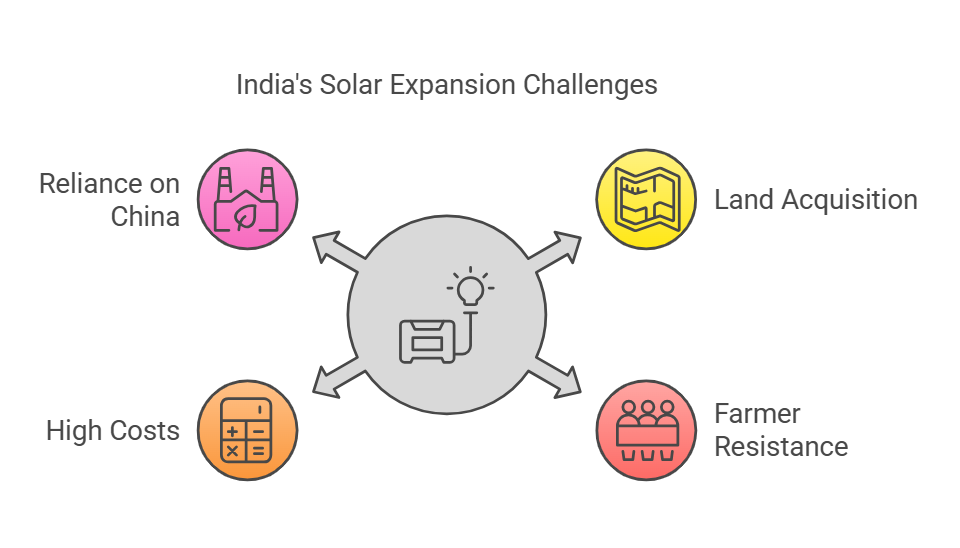The Solar Century: How India Reached 100 GW in Record Time!
The Decade-Long Journey That’s Making India a Global Renewable Energy Leader.
India just hit 100 gigawatts (GW) of installed solar capacity—enough to power 70 million homes annually! That’s like lighting up every household in Spain twice over . India has surged from just 2.82 GW of solar capacity in 2014 to an astounding 100 GW as of January 2025. That’s over a 35-fold increase in just a decade. This is how the nation is transforming the energy landscape for a nation of 1.4 billion people to fuel its future.
A Decade of Solar Brilliance
In 2014, solar energy was not very important in India’s energy plan. But now, it’s a key part of the country’s renewable energy strategy. So, what made this big change happen? A mix of ambitious policies, technological advancements, and falling costs of solar panels made it possible… According to the Ministry of New and Renewable Energy, India has reached a big goal of 100 GW of solar energy. This includes 64.67 GW of big projects and 47.49 GW of projects that are still being developed.
But that’s not the end. The government has even bigger plans. India wants to have 500 GW of renewable energy by 2030. Solar energy will play a big role in reaching this goal. Just think about the benefits: cleaner air, less reliance on imported fuels, and millions of new green jobs.
Source: MNRE
Rooftop Solar: A Hidden Hero
This is a system where the solar panels are installed in the roof of any residential, commercial, institutional and industrial buildings. The nation is gaining a lot of traction in rooftop solar projects lately. Remember the PM Surya Ghar scheme? It’s working. Rooftop solar installations surged by 53% in 2024, adding 4.59 GW. Imagine slashing your electricity bill and selling excess power back to the grid. Yes, you read that right. PM KUSUM Scheme is also one of the scheme to improve efficiency in the agriculture sector by installing solar pumps and power plants. The installed rooftop solar capacity in India is only about ~12 GW out of the total capacity of ~87 GW, a mere 13.7%, while globally it is about 40%. This will now rapidly change, and the rooftop contribution will steeply climb in the coming years. It is believed that this will cross 100 GW by 2030!
The Government has said that states like Gujarat, Rajasthan, Madhya Pradesh and Maharashtra are among the top performing states which significantly contribute towards India’s total utility-scale solar installations. (18.5 GW added in 2024)
Source: MNRE
Solar Manufacturing: The Next Frontier
Here’s where it gets even more exciting: India isn’t just installing solar panels—it’s becoming a global hub for solar manufacturing . In 2014, domestic production stood at a modest 2 GW , but the target is now a staggering 60 GW by 2026 . Why is this significant?
- Cost Efficiency : By manufacturing locally, India reduces its reliance on imported modules, which currently account for 80% of the market.
- Economic Growth : Building solar factories creates thousands of jobs in engineering, logistics, and R&D.
- Energy Security : Domestic production shields India from global price fluctuations and supply chain disruptions.
For Investors: Companies that focus on solar equipment manufacturing are poised for exponential growth in the coming years.
Challenges
Of course, no transition is without its hurdles. Let’s discuss some of them below
- Solar farms need vast land. Rajasthan and Gujarat, top solar states, already face competing demands: agriculture, wildlife reserves, and urbanization. For context, 1 GW of solar requires ~4,000–5,000 acres. To hit 500 GW, India might need 2 million acres —equivalent to two Delhis.
- Farmers often resist land acquisition, fearing displacement. Like the protests in Gujarat’s Dholera Solar Park delayed projects.
- Costing is the main issue as Battery storage costs ₹5–6 crore/MW, making large-scale projects expensive and also sunny days produce power, cloudy days don’t. So, this also acts as big hurdle for country like India.
- Although India has significantly increased its domestic solar panel production to 60 GW (a major jump from just 2 GW in 2014), it remains heavily reliant on China for 80% of its solar cells, according to the Crisil Rating Report. This dependence creates vulnerability; geopolitical issues or supply chain disruptions could seriously hinder India’s progress.
India also have opportunities that can be used for the benefit of our nation.
From domestic manufacturing (boosted by ₹24,000 crore PLI schemes to cut reliance on Chinese imports) to energy storage innovations like green hydrogen and pumped hydro, the sector is ripe for investment. Homeowners can slash bills with rooftop solar under PM Surya Ghar, while green finance tools like ESG funds and solar bonds offer investors stable returns. Entrepreneurs can dive into solar waste recycling (345,000 tons by 2030!) or tech startups using AI for smarter grids. Skill gaps? Train 300,000 technicians by 2030 through vocational programs. Exporters, too, win: solar exports hit $1.5 billion in 2024, with Africa and Europe hungry for Indian tech. Whether you’re building panels, funding projects, or launching a startup, India’s ₹20 lakh crore green push promises jobs, profits, and a cleaner future—all powered by sunshine.
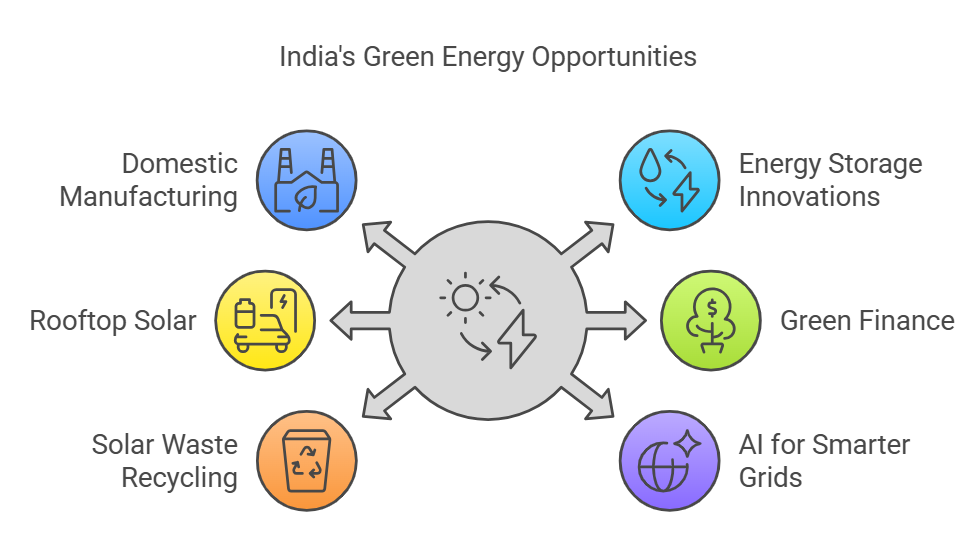
Conclusion
Analysts predict India will add 60-65 GW of solar by 2027. That’s like installing 20,000 solar panels every hour for three years! Can they do it? With 84.10 GW already underway and 47.49 GW tendered, it feels like India will be able to achieve it. As one of the world’s largest energy consumers, India’s shift to renewables sends a strong message to the global community: Economic growth and sustainability can go hand in hand.
Share your thoughts below!!
Source: Financial Express, MNRE, Crisil Rating Report
ps: Only for knowledge purpose and not any recommendation

